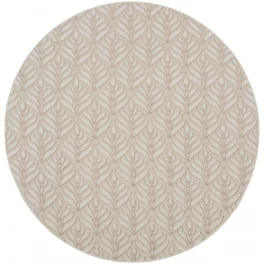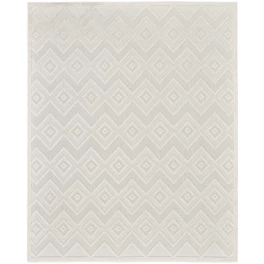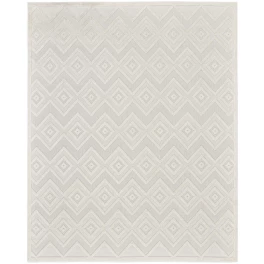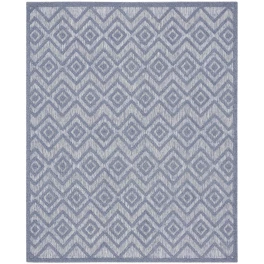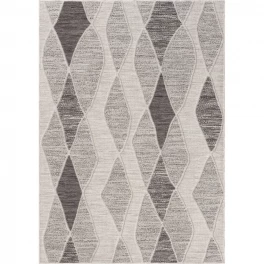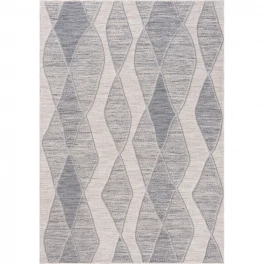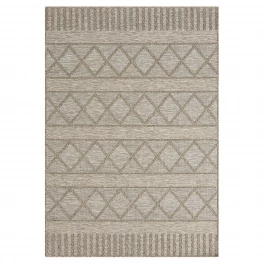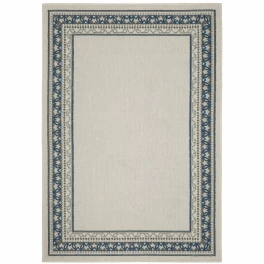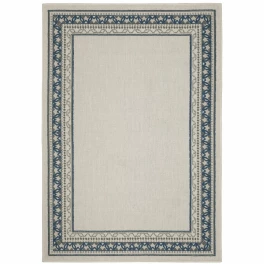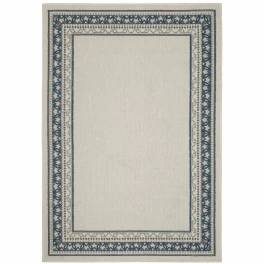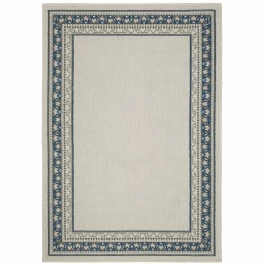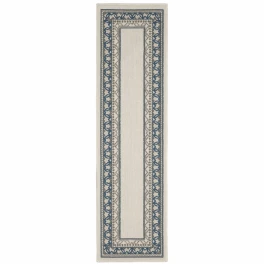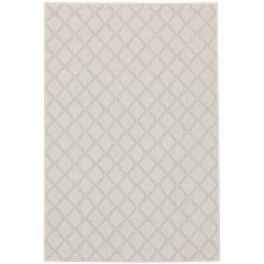If you want to know how to design a playroom for kids, all you have to do is think like a kid… And an adult. The key to putting together an awesome playroom for kids is understanding what your kids need for safe and fun playtime. Thinking like a kid will tune you into their needs. Thinking like an adult will cover the safety issues. Then all that’s left is to take what you have and turn it into a great room design.
Beyond the basics of bright, fun wall paint, window covering, and floor covering colors, the best playroom has functional elements that combine into a coherent design. Here are seven playroom ideas to help you put together a lively space kids will love.
Soften the Floor
Ready to play? Room for kids at play means floor room. Although chairs are helpful (we’ll get to that in a bit), most kids plunk themselves down on the floor to play. This means you want some knee-friendly flooring in your playroom. Your best three soft flooring options are a thick carpet or rug with padding underneath, carpet tiles over padding, or rubber flooring.
But wait. Although plushness for kneeling is good, a hard floor for ball bouncing can be handy as well. Ease of cleaning is important too.
Because of these combined needs, your best flooring options are either:
- A solid floor like hardwood, laminate, or linoleum combined with a thick throw rug or two
- Rubber flooring
Either of these two options will be relatively easy to keep clean. A solid floor with rugs will look a little more mature. Rubber flooring can be more cheerful.

Photo by Vereshchagin Dmitry on Shutterstock
Create Easy-to-use Storage
A children’s playroom needs storage. This may not be what your kid is thinking, but your kid is thinking about toys. Toys, games, art supplies, books … your child is going to want as many sources of fun in the playroom as possible.
Your adult is thinking about keeping the room tidy, so you need a place to put all those sources of fun. You need toy storage. The best toy storage for a playroom is storage that has two features:
1. It’s easy for children to use
Be sure your storage is low to the floor and within reach of small children so they can put their own toys away. Opt for enclosed storage rather than open shelves. Kids don’t usually put things away neatly. They’re prone to throwing or stuffing things out of sight. Make it easy for them to do that. Instead of heavy drawers or cabinet doors, use pull out bins, baskets, or storage boxes to create this hidden storage space.
2. It’s fun to look at and interact with
Although a basic storage unit will work, if you design your storage to look like a cave, a castle, a forest, a zoo, or even just a row of houses, your kids will be more inclined to use it. Putting things away will become part of their play instead of just a chore.

Photo by Sergey Zaykov on Shutterstock
Include Cushy Elements
The best playroom décor has a balance of colors and textures. As discussed in the flooring section, hard surfaces have a place in playrooms, but kids love snuggly and plush as well. Every child will tire out at some point and want a place to cuddle up to something comfy and embracing. A well-designed child’s playroom, therefore, will include some fluff in the form of bean bag chairs, large plush animals, piles of blankets, or floor pillows.

Photo by Mangostar on Shutterstock
Add Some Playground Toys
The best playrooms are places where kids can be wild, energetic, and physical. Although much of a child’s rough and tumble play will be outdoors, outside play isn’t always an option. Your playroom should have the space and toys necessary to create a sort of playground that brings that type of outside play indoors. Smaller children especially will love having toys like slides, rocking features, and swings. Colorful large toys like this are not only fun, they add flair and personality to a playroom.

Photo by Beloborod on Shutterstock
Give Kids a Hidey Hole
Who among us hasn’t built a blanket fort when we were kids? Creating a hidden space within a larger space is part of being a kid. Sometimes children just want to crawl into a small space and pretend the rest of the world doesn’t exist. A fun way to give your children this experience is to include some sort of enclosed structure in the playroom. You can buy plastic playhouses or castles. Or you can build a small structure out of plywood, crates, curtains, or maybe even blankets. If you choose or construct an enclosure that fits the color scheme and design of the playroom, it will be an entertaining focal point for the space.

Photo by Polina Letshina on Shutterstock
Add a Writing Board
Although kids love to color and draw on paper, they also love to write and draw on large surfaces. There’s a reason most kids have at some point drawn on a wall. Inside every child is an artist hungry for attention. Give your child’s inner artist a place to “perform.” Either set up a freestanding blackboard or whiteboard or install a board on the wall. You can also paint an entire wall with chalkboard paint. The type of board or wall paint you choose will depend on the look you’re creating in the playroom space. Blackboards work best in bolder spaces, whiteboards will fit well in simpler, neutral playrooms, especially more feminine ones.

Photo by maradon 333 on Shutterstock
Sprinkle in Some ‘People Furniture’
Even though kids love to be on the floor, sometimes they want to sit on furniture too. Playing with puzzles or board games or coloring in coloring books is easier when your child has a small table and chairs available. These tables are great for tea parties as well. A small child-sized sofa is another great playroom feature. Kids love to pretend to be adults (they don’t know any better), so they’ll enjoy “entertaining” friends on pint-size sofas.

Photo by Sergey Zaykov on Shutterstock
If you combine the above playroom features, you’re sure to create a playroom that will be both enjoyable and safe for your kids.




